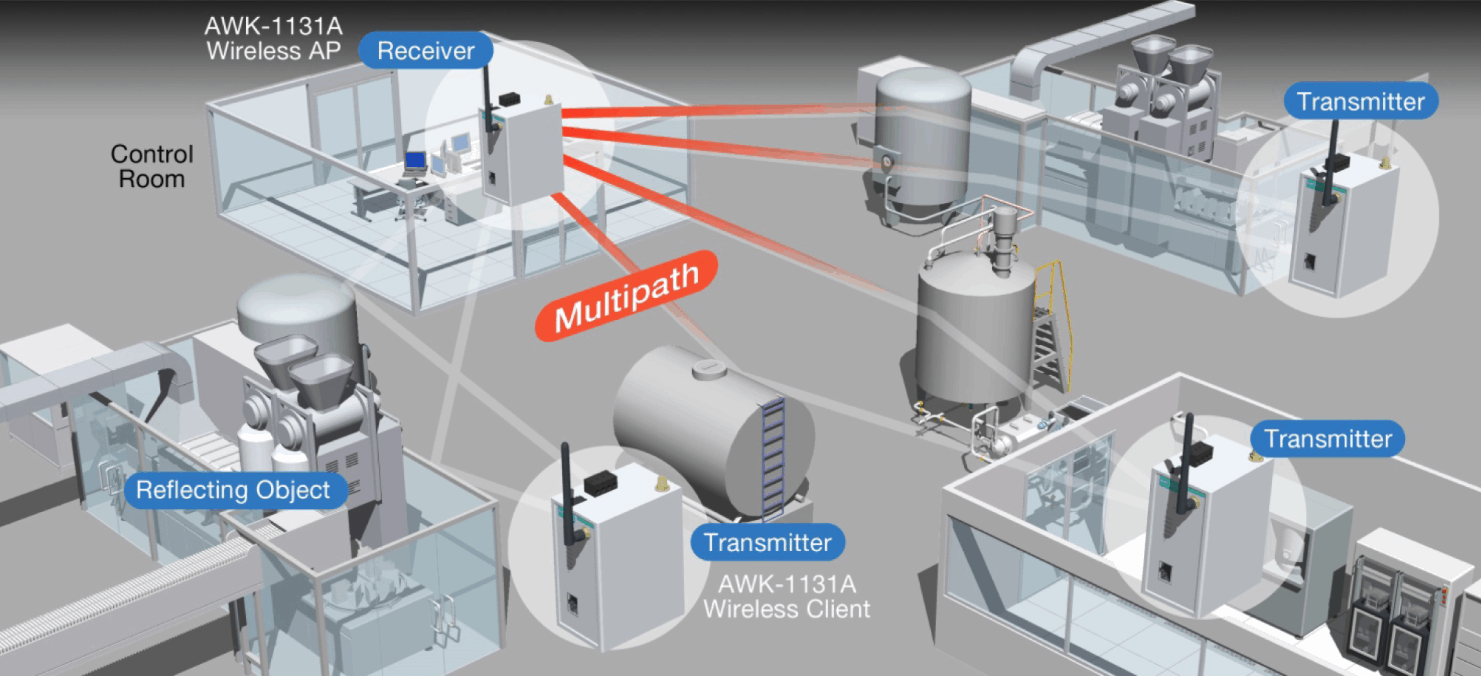
Although wireless is now commonplace, in homes, offices, shops, hotels and other establishments around the world offering easy access to the Internet via strategically placed Wi-Fi hotspots, wireless is still somewhat of a holy grail for industrial automation applications. The benefits of using wireless for industrial automation applications are certainly desirable.
Cost: Wireless is cheaper than wired networks since less investment is required on cabling, installation and maintenance.
Mobility: Wireless is ideal for hard-to-wire applications, like the AGV (auto guided vehicle) applications used in warehouses.
Scalability: Wireless makes it much easier to expand existing operations since you do not need to install additional cabling.
The downside of using wireless for industrial automation applications is that it is much harder to meet the stringent reliability requirements demanded by industrial automation. Whereas a brief, several second cessation of service for a routine office application might be viewed as a mere nuisance, for critical automation applications the same cessation could cause an unacceptable interruption in a factory’s operation.
This is why reliability is so important. As wireless is being deployed far more frequently than before, operators need to make sure that their network is reliable. Network failure can have a marked effect on both safety and productivity, resulting in big financial losses. In this paper, we discuss certain critical factors that must be considered to ensure the reliability of your wireless network and suggest solutions that are appropriate for mission-critical applications.










UK Enters ‘Golden Age of Nuclear’
The delay (nearly 8 years) in getting approval for the Rolls-Royce SMR is most worrying. Signifies a torpid and expensive system that is quite onerous...